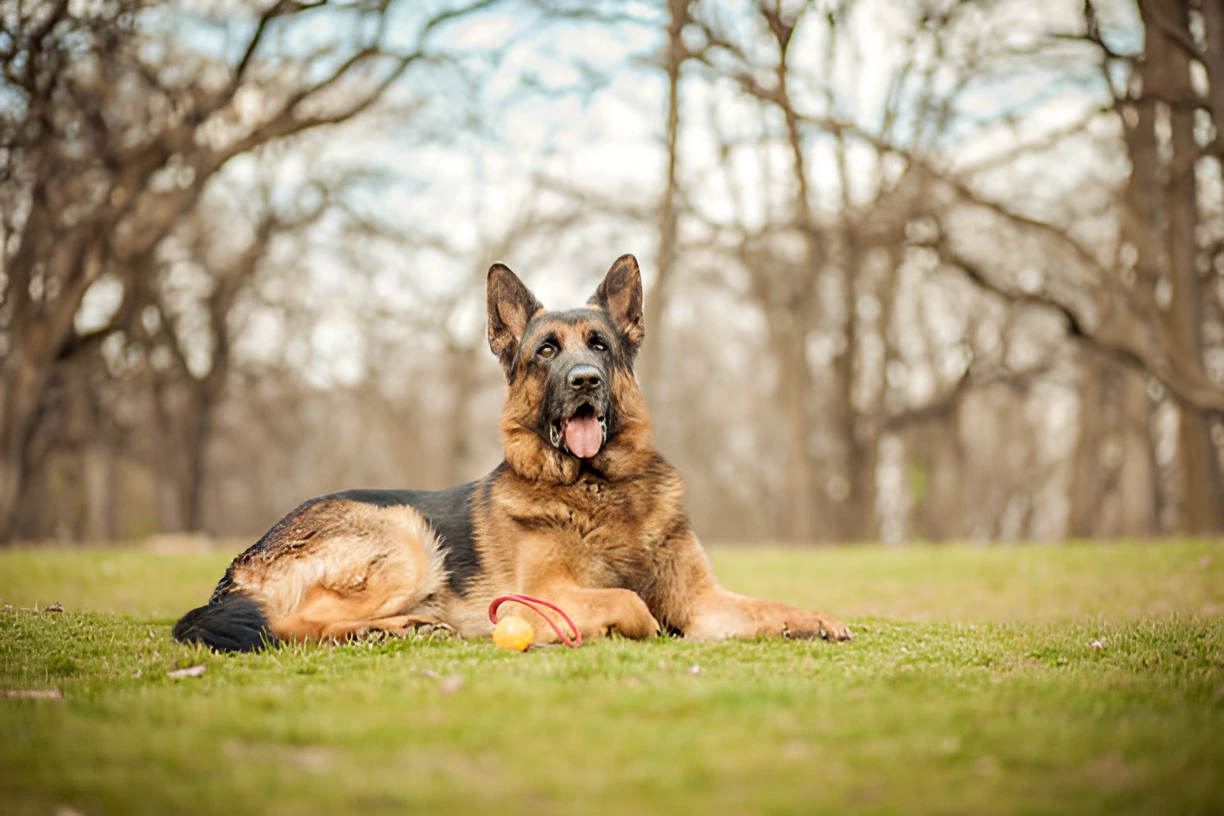German Shepherds are not commonly used as guide dogs due to their high energy levels, strong protective instincts, and the need for consistent, experienced handling. German Shepherds are renowned for their intelligence, loyalty, and versatility. They excel in various roles, including police work, search and rescue, and as service dogs. However, when it comes to guide dogs for the visually impaired, breeds like Labrador Retrievers and Golden Retrievers are more commonly chosen. In this comprehensive guide, we will explore the reasons behind this preference, the characteristics of German Shepherds, and the specific requirements for guide dogs.
The Role of Guide Dogs
Guide dogs play a crucial role in assisting visually impaired individuals by providing mobility and independence. These dogs are trained to navigate various obstacles, follow commands, and ensure the safety of their handlers. The selection of guide dogs involves careful consideration of the breed’s temperament, trainability, and compatibility with the handler’s lifestyle.
Characteristics of German Shepherds
German Shepherds are known for their:
- Intelligence: German Shepherds are highly intelligent and quick learners, making them suitable for complex tasks.
- Loyalty: They are fiercely loyal to their owners and form strong bonds.
- Protective Instincts: German Shepherds have a natural protective instinct, which can be both an asset and a challenge.
- High Energy Levels: They require regular exercise and mental stimulation to stay healthy and happy.
- Versatility: German Shepherds excel in various roles, including police work, search and rescue, and as service dogs.
Why German Shepherds Are Less Common as Guide Dogs
1. High Energy Levels: German Shepherds have high energy levels and require significant physical and mental stimulation. This can be challenging for visually impaired individuals who may not be able to provide the necessary exercise and engagement.
2. Protective Instincts: While their protective nature is beneficial in many roles, it can be problematic for guide dogs. German Shepherds may become overly protective of their handlers, leading to aggressive behavior towards perceived threats.
3. Need for Experienced Handling: German Shepherds require consistent and experienced handling to manage their behavior effectively. This can be demanding for individuals who are visually impaired.
4. Temperament: Breeds like Labrador Retrievers and Golden Retrievers are known for their calm and gentle temperament, making them more suitable for the role of guide dogs.
5. Training Requirements: The training process for guide dogs is rigorous and requires a breed that can remain focused and calm in various situations. German Shepherds’ high energy and protective instincts can make this training more challenging.
Breeds Commonly Used as Guide Dogs
- Labrador Retrievers: Known for their friendly and gentle nature, Labradors are highly trainable and adaptable, making them ideal guide dogs.
- Golden Retrievers: Golden Retrievers are also popular due to their calm temperament and eagerness to please.
- Standard Poodles: Poodles are used for individuals with allergies, as they have hypoallergenic coats.
- Crossbreeds: Some guide dog organizations use crossbreeds, such as Labrador-Golden Retriever mixes, to combine the best traits of both breeds.
The Training Process for Guide Dogs
- Early Socialization: Training begins at a young age with socialization and basic obedience.
- Puppy Raising: Puppies are placed with volunteer families who teach them basic commands and expose them to various environments.
- Formal Training: At around 12-18 months, the dogs return to the organization for formal guide dog training. This includes learning to navigate obstacles, follow commands, and ensure the safety of their handlers.
- Handler Matching: The final step involves matching the dog with a visually impaired handler. The pair undergoes training together to build a strong bond and ensure effective communication.
The Importance of Breed Selection
Selecting the right breed for guide dog work is crucial for the success of the partnership. The breed must have the right temperament, trainability, and physical characteristics to perform the tasks required. While German Shepherds possess many admirable qualities, their high energy levels, protective instincts, and need for experienced handling make them less suitable for guide dog work compared to breeds like Labrador Retrievers and Golden Retrievers.
Conclusion
German Shepherds are incredible dogs with many strengths, but their characteristics make them less ideal for guide dog work. Breeds like Labrador Retrievers and Golden Retrievers are preferred due to their calm temperament, trainability, and adaptability. Understanding the specific requirements for guide dogs helps ensure that visually impaired individuals receive the best possible assistance and companionship.
The photo featured below the post headline is Credit: Vera Aksionava/istockphoto
I hope you find this post helpful and informative. If Yes’ feel free to share it with your friends!
Frequently Asked Questions
Can German Shepherds be trained as guide dogs?
Yes, German Shepherds can be trained as guide dogs, but they are less commonly used due to their high energy levels and protective instincts.
What makes Labrador Retrievers and Golden Retrievers better suited for guide dog work?
Labrador Retrievers and Golden Retrievers have calm temperaments, are highly trainable, and adapt well to various environments, making them ideal for guide dog work.
Are there any organizations that use German Shepherds as guide dogs?
Some organizations do use German Shepherds, but they are less common compared to breeds like Labrador Retrievers and Golden Retrievers.
What qualities are important in a guide dog?
Important qualities include a calm temperament, high trainability, adaptability, and the ability to remain focused and calm in various situations.
How can I support guide dog organizations?
You can support guide dog organizations by volunteering, donating, or raising awareness about their work. Many organizations also have programs for puppy raising and fostering.

